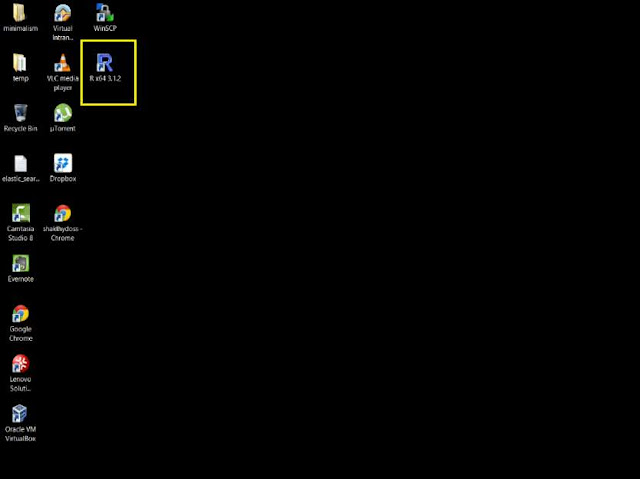The purpose of this post is to help in installation & configuration of R & R Studio for execution of R programming
Following OS can be used for R:
OS for R installation & configuration
Following OS can be used for R:
- Windows
- Linux
- Mac OS X
For Windows & Mac OS X, download pre-configured binaries of installation packages.
However for Linux, the installation can be done through regular package management tool (Ubuntu) for Debian distribution. Also there is option of compilation & installation using R source code as R is open source.
Installation Source:
R can be installed from following sources:
- CRAN website: http://cran.r-project.org/
- RStudio: https://www.rstudio.com/products/rstudio/download/
Windows R installation through CRAN website:
The package related to installation of R for Windows can be downloaded from:
https://cran.r-project.org/bin/windows/base/
- Download R 3.X.X (Currently 3.5.2 is available) for Windows [However for this blog post I am using old screenshot related to R 3.2.2 which I saved earlier for creating this blog but being carried away with other work related activities]
- Run the setup with local admin privileges
Once installed open R GUI/Console from shortcut created on your desktop or from start menu
Using R Studio for Windows based R installation:
- Download R Studio from https://www.rstudio.com/products/rstudio/download/
- Run the installation package
- Open RStudio to verify the installation.
Just to summarize R Studio GUI these are following section of R Studio:
R Commands can be written in R Script window on right top section of above picture. Eventually these commands can be saved as .R File extension
Also R commands & syntax can be written in R Console window in mid section of above pic. This portion also show results & output/logs
Beside this R Studio include environmental panel, file/packages tab, viewer panel
















0 comments:
Post a Comment